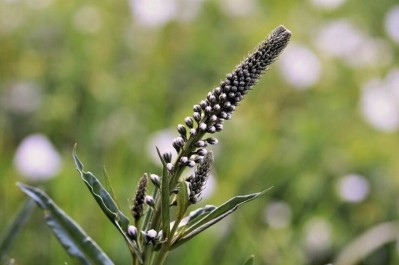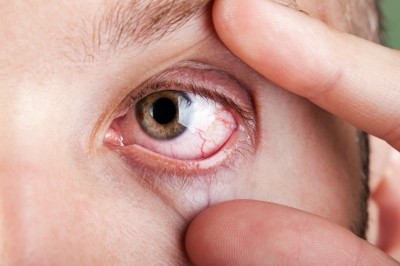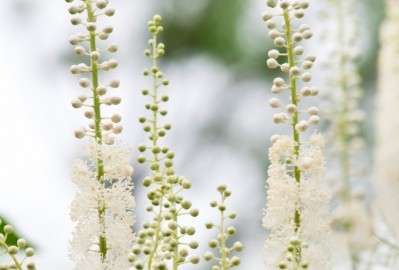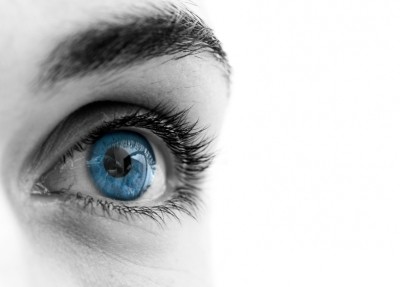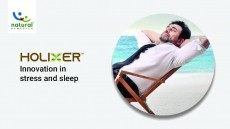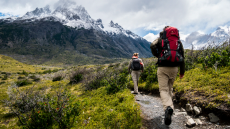ABC lab document to help industry stem tide of bilberry adulteration
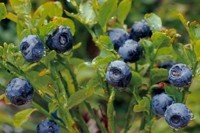
The document surveys 39 different methods in an agnostic way. The goal, said ABC founder and executive director Mark Blumenthal, is to give professionals within the industry the best toolkit possible for verifying the quality and detection adulteration in this important botanical.
“We are basically summarizing and evaluating all the publicly available methods,” Blumenthal told NutraIngredients-USA. “We evaluate them on criteria like the time it takes to run a sample and the quality of the output. We think we could save a lab thousands of dollars in time and reagents that they might not need. And the document could help cut their regulatory liability, if a bad sample goes through because they were using an inappropriate test.”
Bilberry is a botanical that has shown eye health benefits, gut health benefits and antioxidant activity. It is a relatively pricey material, as it can only be harvested wild. The berry, a cousin of the blueberry, grows in many temperate areas of the Northern Hemisphere and is commercially harvested mostly in Northern and Central Europe. Harvesting these dispersed sources is time consuming and expensive.
Cheaper materials added in
As with any expensive botanical material on the market, an incentive exists to cut it one way or another with less expensive material. How this is done relates to what kind of test the adulterators are trying to fool. Simple photometric tests look for the wavelength and saturation of the color of the sample, and most of that comes from the anthocyanins in bilberries. Blumenthal said there are many less expensive sources of anthocyanins in fruits and vegetables than can be thrown in to fool a simple UV test. There have even been cases of adulteration with charcoal mixed with red dye no. 2 that can fool some inadequate testing methods, he said.
“We haven’t seen any new type of adulteration that anyone has reported. But as with any botanical, we always remind labs to report to us if they see a new type of adulteration in a botanical that was already known to be adulterated, or to report new botanicals that are subject to adulteration,” he said.
Blumenthal said that community aspect of the adulterants program, which is cosponsored by the American Herbal Pharmacopoeia and the National Center for Natural Products Research, is a key element in its success. It takes a village, if you will, to stop adulteration.
“We had input from personnel at as many as 16 third party labs and in house labs. This is a heavily peer reviewed document,” Blumenthal said.
Up to now, the standard method used to verify bilberry samples has been one developed by Italian botanical ingredient supplier Indena, the company that pioneered bilberry as a dietary ingredient. Indena’s method was adopted by both the United Stated Pharmacopoeia and the European Pharmacopoeia. Among the methods reviewed in the ABC document are macroscopic analysis, botanical microscopy, HPTLC, HPLC/UHPLC, and UV/Vis spectrophotometry.
“The review is accurate and it is a valuable guidance on analytical methods to authenticate bilberry extracts and to detect adulteration,” said Roberto Pace, PhD, director of quality control at Indena. “I deem it will be one of the main references on the analytics of bilberry.”
More to come
The bilberry Lab Guidance Document is the second of a planned series that details testing methods for commonly adulterated botanicals. The first document looked at skullcap, and the next in the series will examine black cohosh. It’s part of a planned development of the overall program, Blumenthal said.
“The first part of the program was to call attention to the problem. But calling attention isn’t enough. You have to bring resources and remedies to the table and that’s what these lab guidance documents are designed to do,” Blumenthal said.
Click here to view the full bilberry Laboratory Guidance Document.
